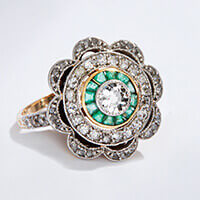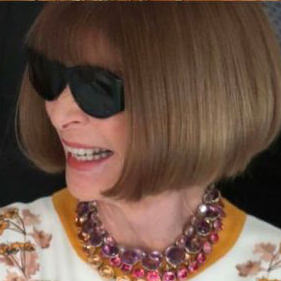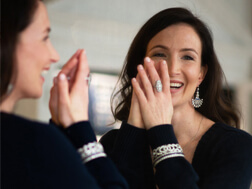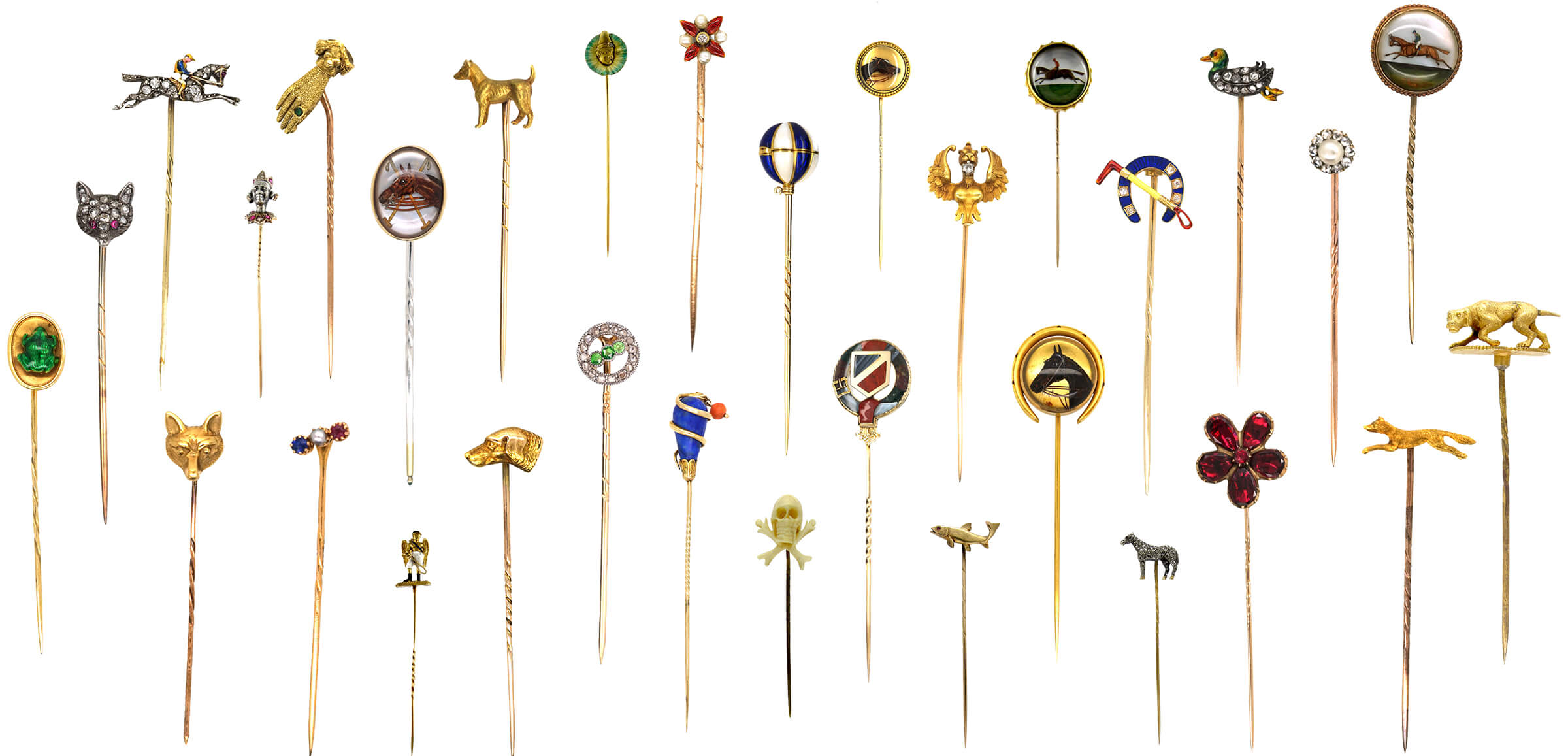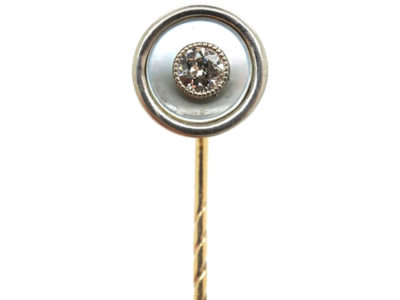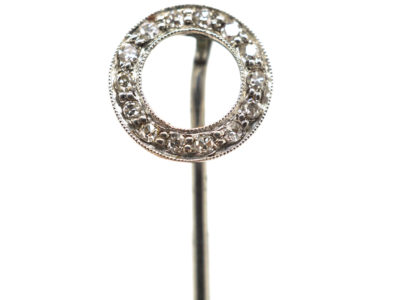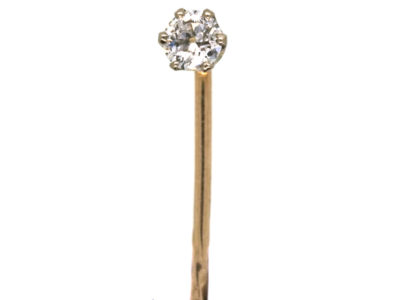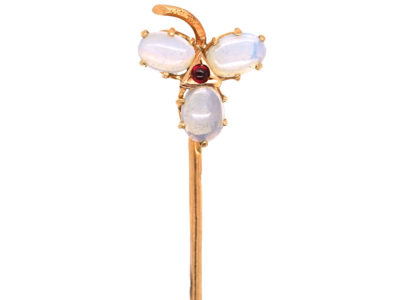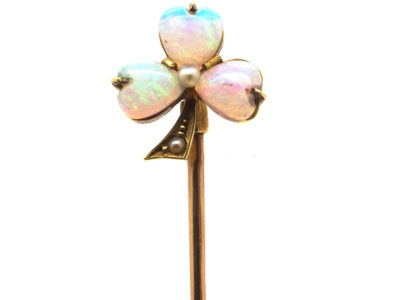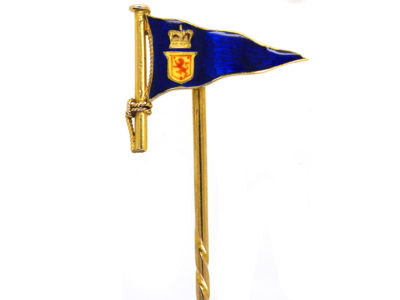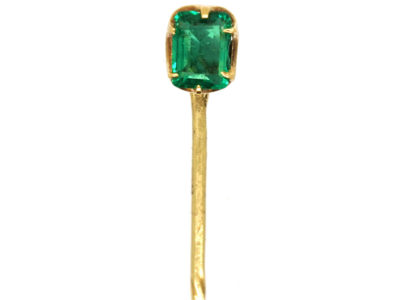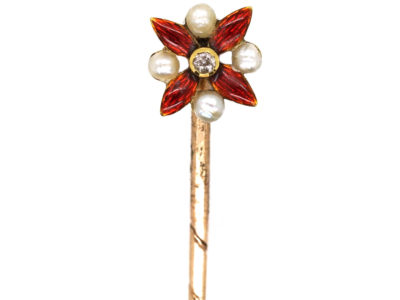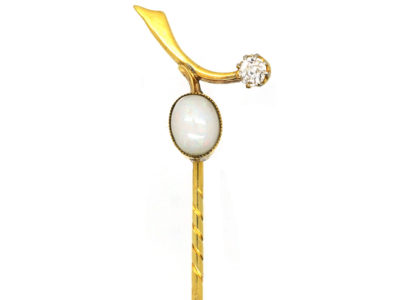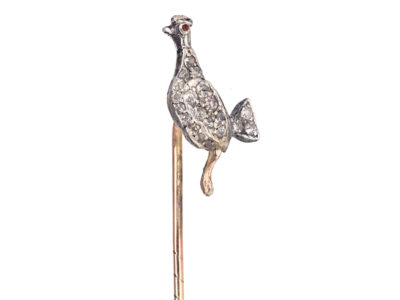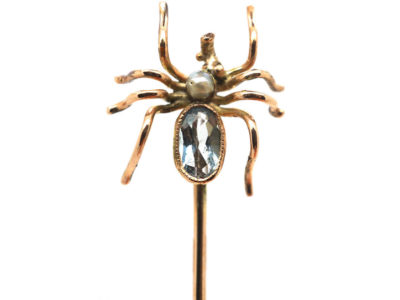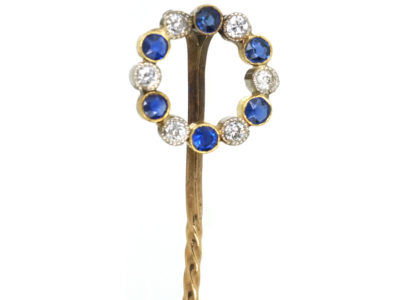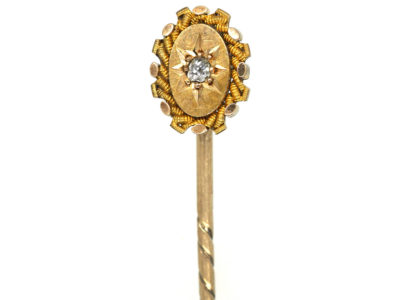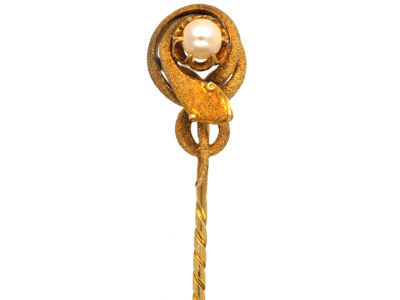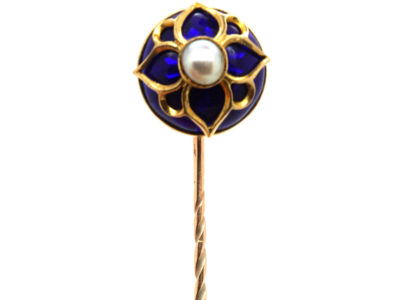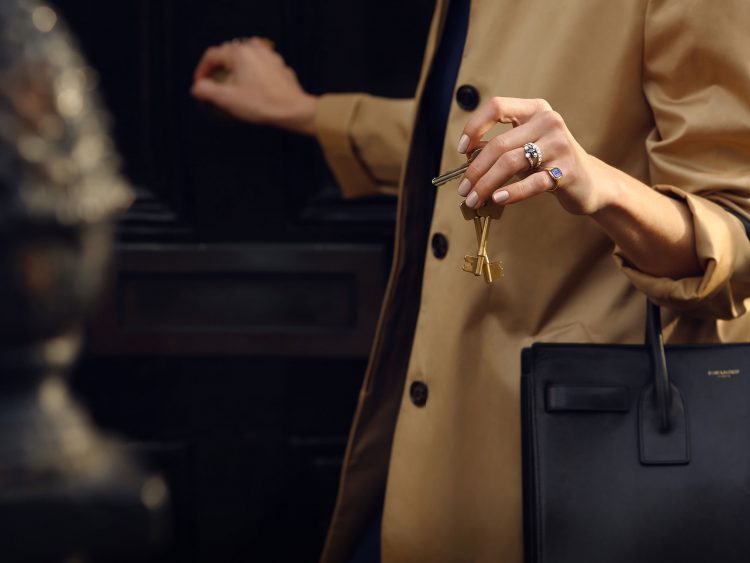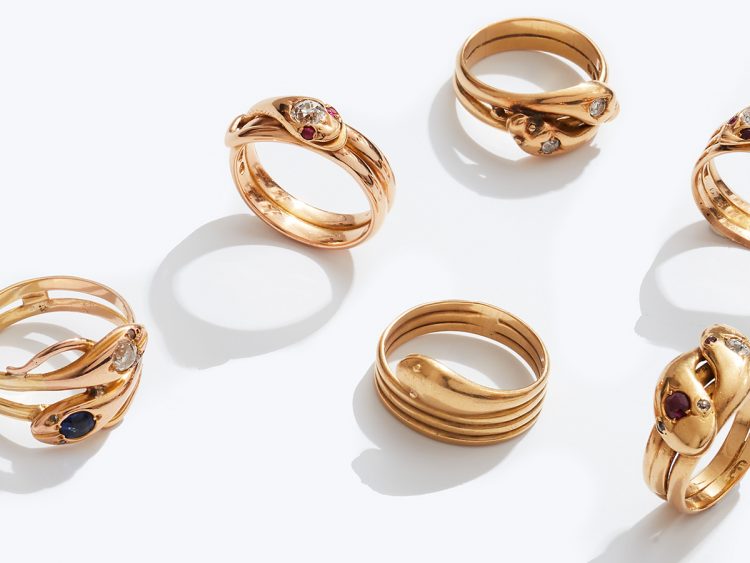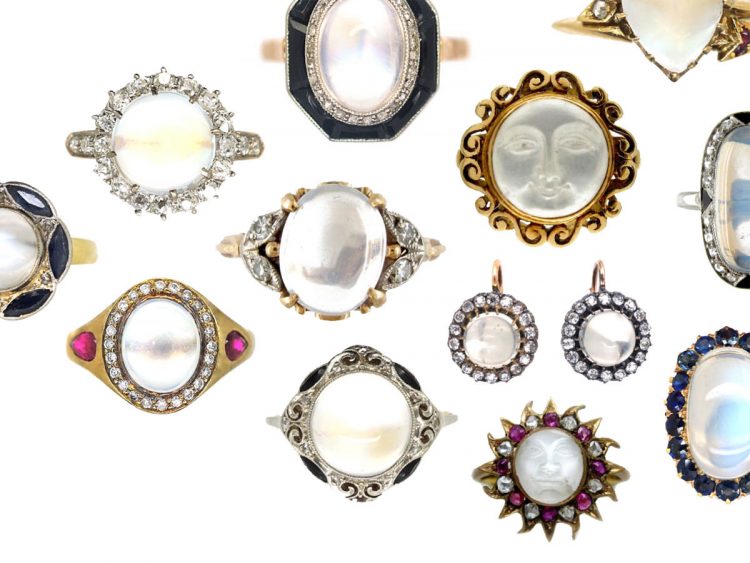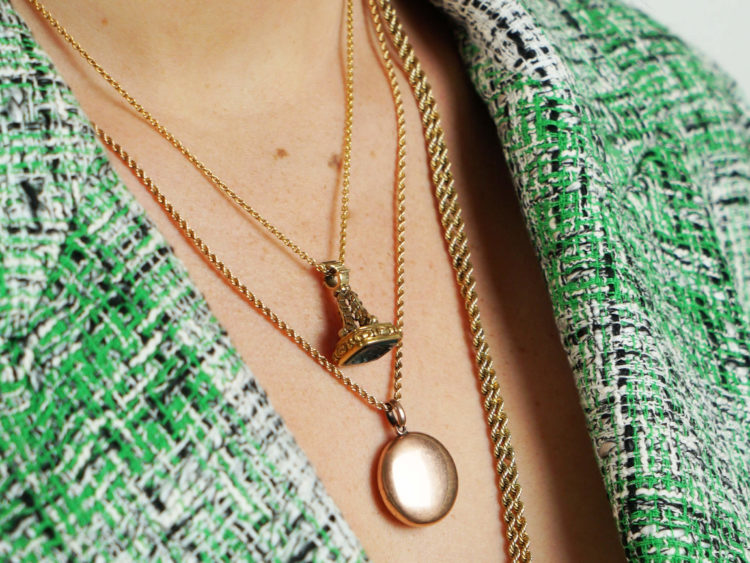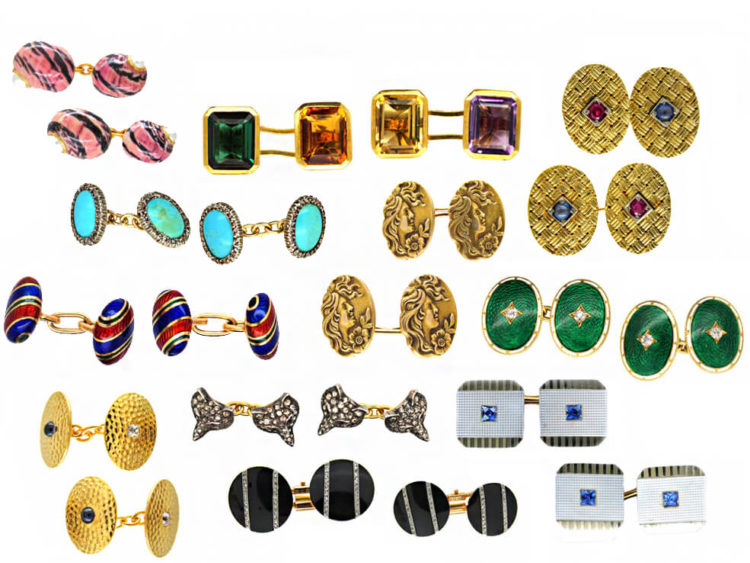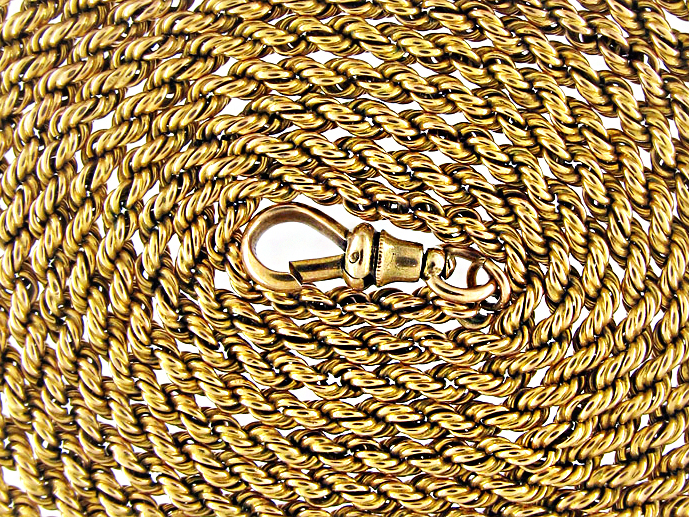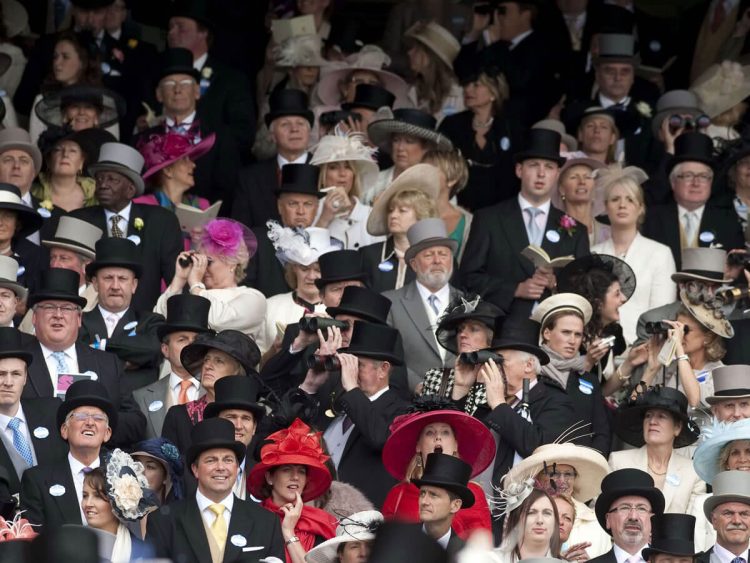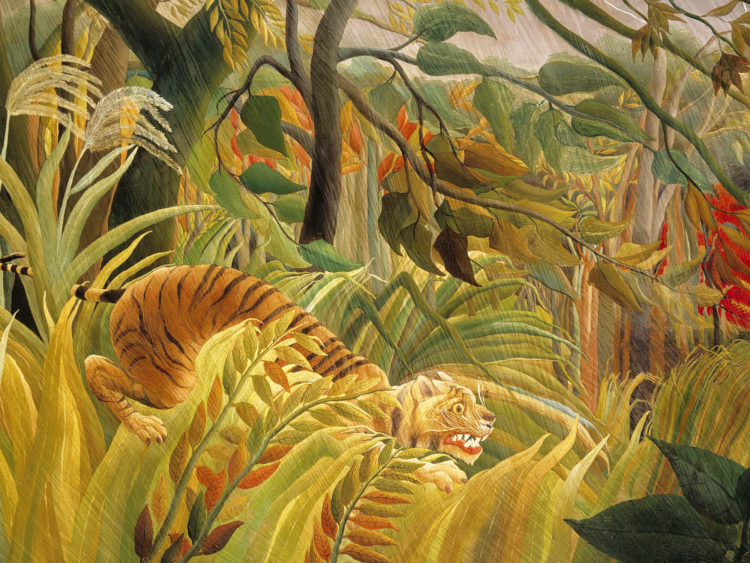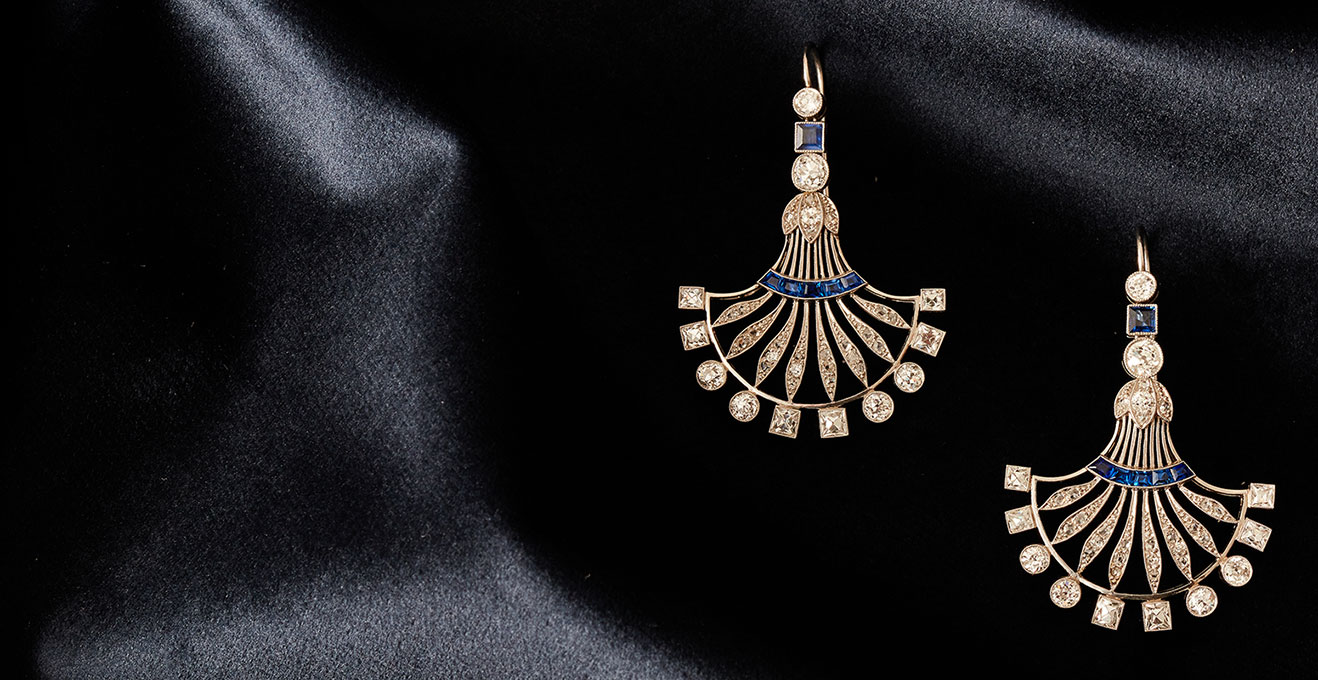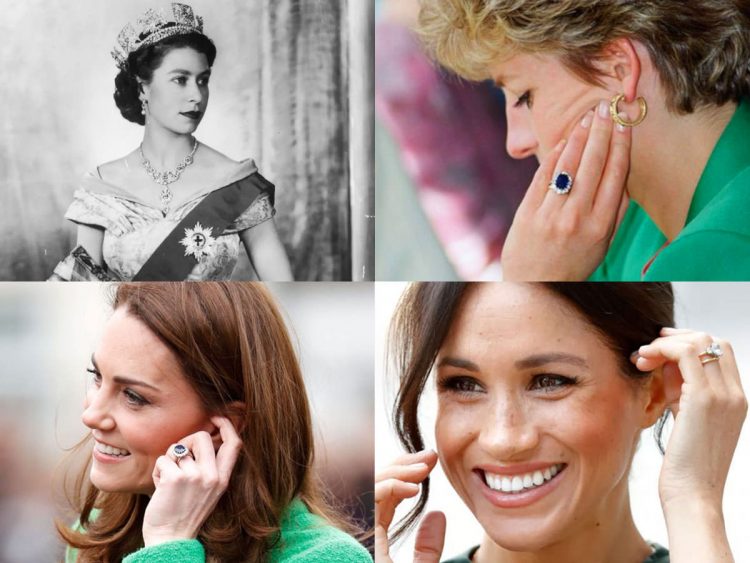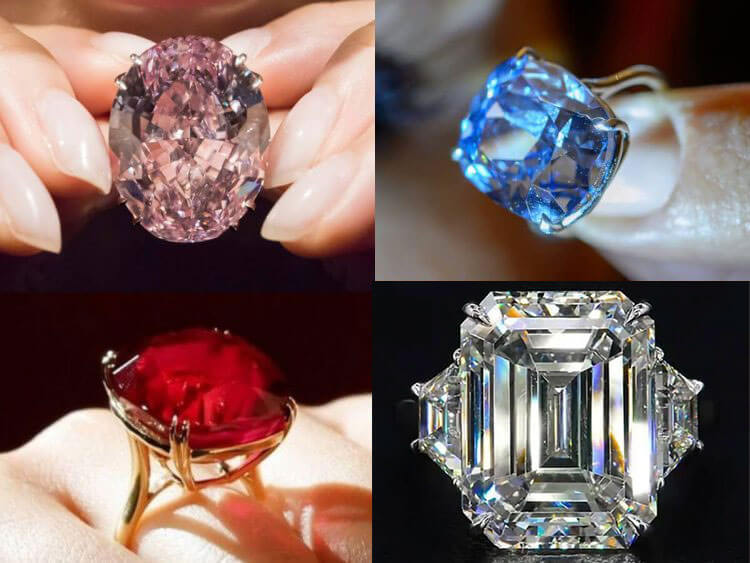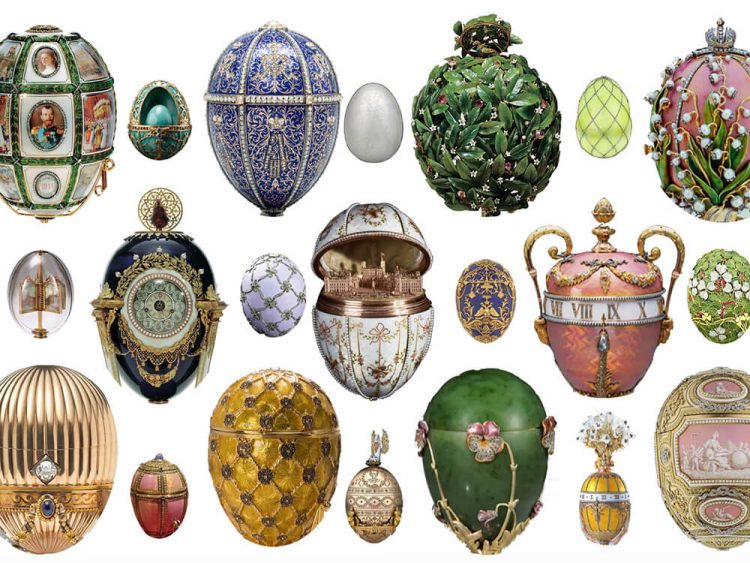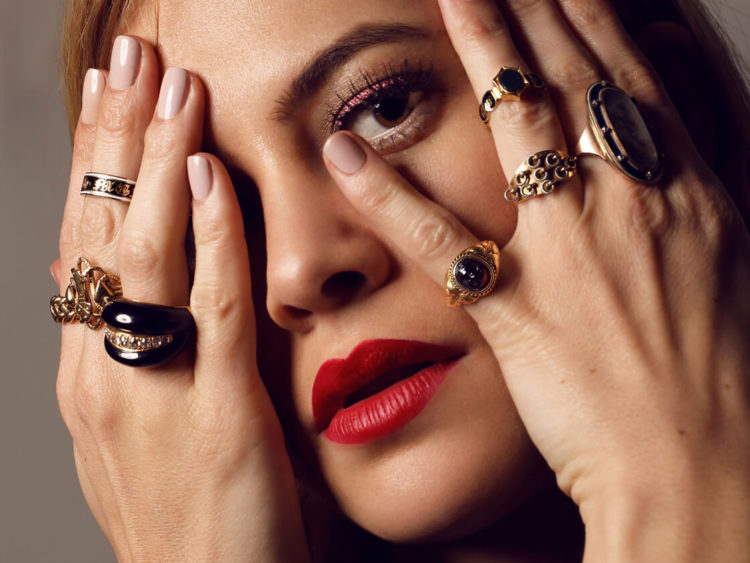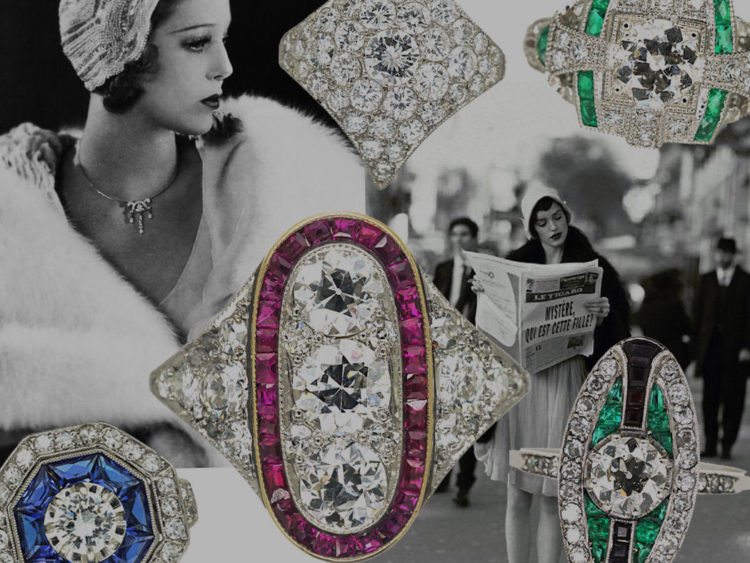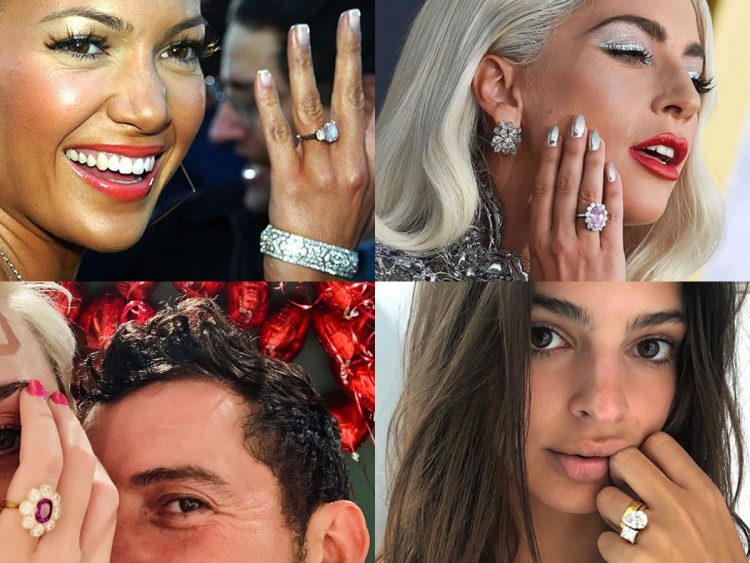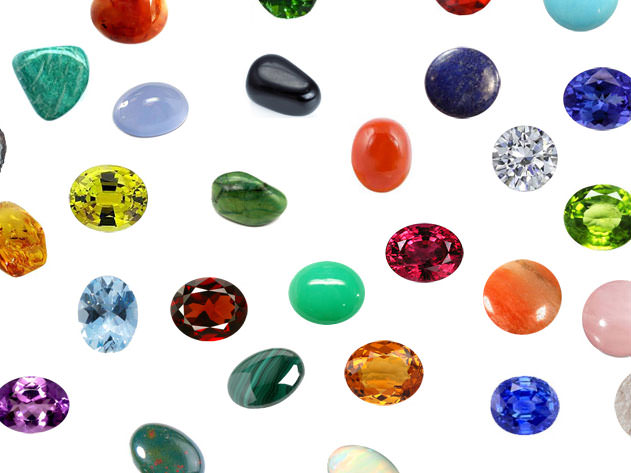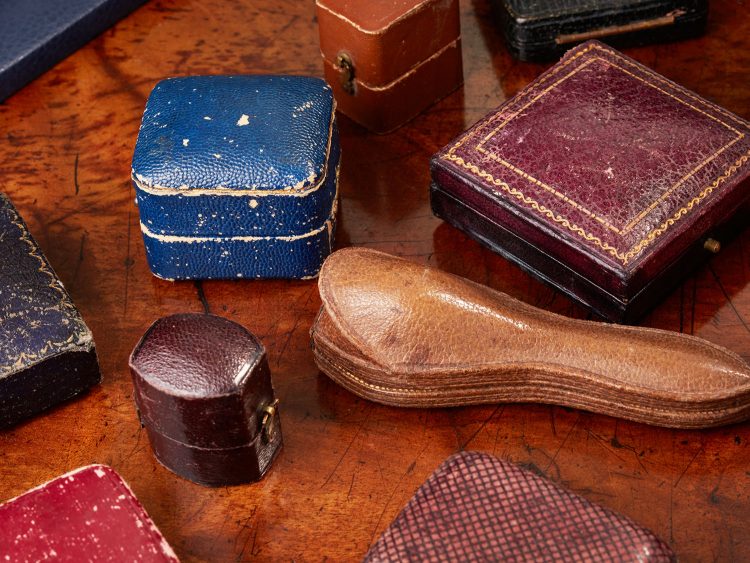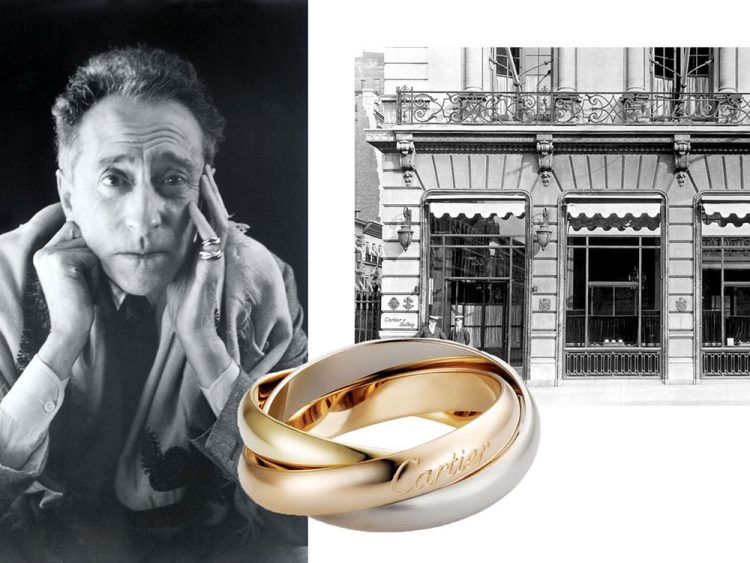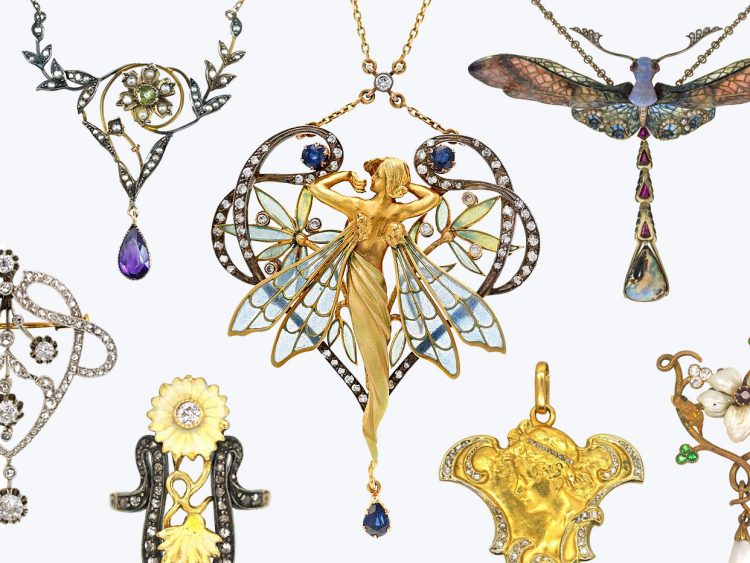-
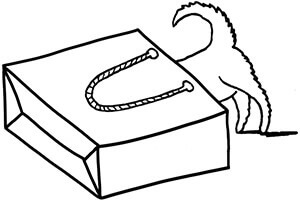
Your Shopping Bag is empty
Tie Pins
The Ultimate Debonair Accessory
What are they for?
Tie pins are the modern man’s equivalent of a dash of red lipstick or cocktail earrings. A well chosen, well placed tie pin instantly elevates your look to one of confident, understated cool.
Originally designed to keep the folds of cravats in place, today tie pins are most often used to keep ties or neck scarves in place, create a bit of flounce in the most deservingly elegant tie fabrics or simply add flourish.
A tie pin is equally elegant adorning the ribbon of a hat or the lapel or pocket of a blazer. And they are by no means restricted to men – women have been accessorising with pins since Victorian times.
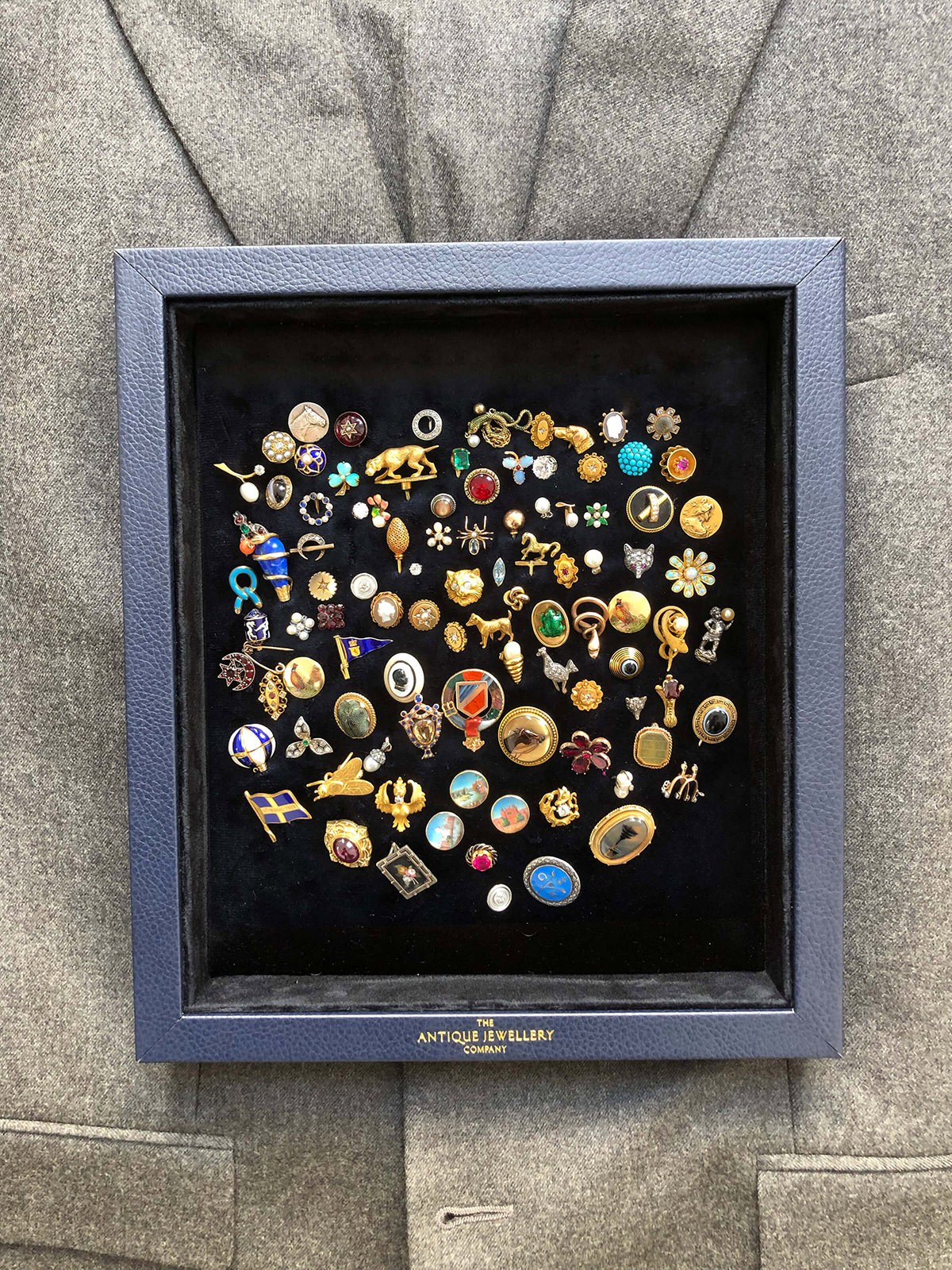
When you do wear them?
Any occasion that requires looking like a playboy. Tie pins are most often worn alongside ties and waistcoats, so three piece suits and morning dress are the most natural outfits for a pin, but there’s nothing to say you cannot wear a pin without a waistcoat.
Tie pins are completely at home at social events with a formal dress code, such as Royal Ascot, Henley Regatta or a smart wedding.
How do you wear them?
The traditional way to wear a tie pin is as follows:
Create a little bit of ‘volume’ under the knot of your tie or neck scarf and insert the tip of the pin vertically, half way between the knot and the apex of the ‘V’ of your waistcoat (a little lower down the tie if there is no waistcoat). Push it through the fabric of the tie and your shirt and then back through the shirt, but NOT back through the tie again. Some tie pins come with a screw cap or a metal ‘cork’ to keep the pin from pricking you during the day.
Alternatively, make like a Victorian gentleman and exercise some creative flair.
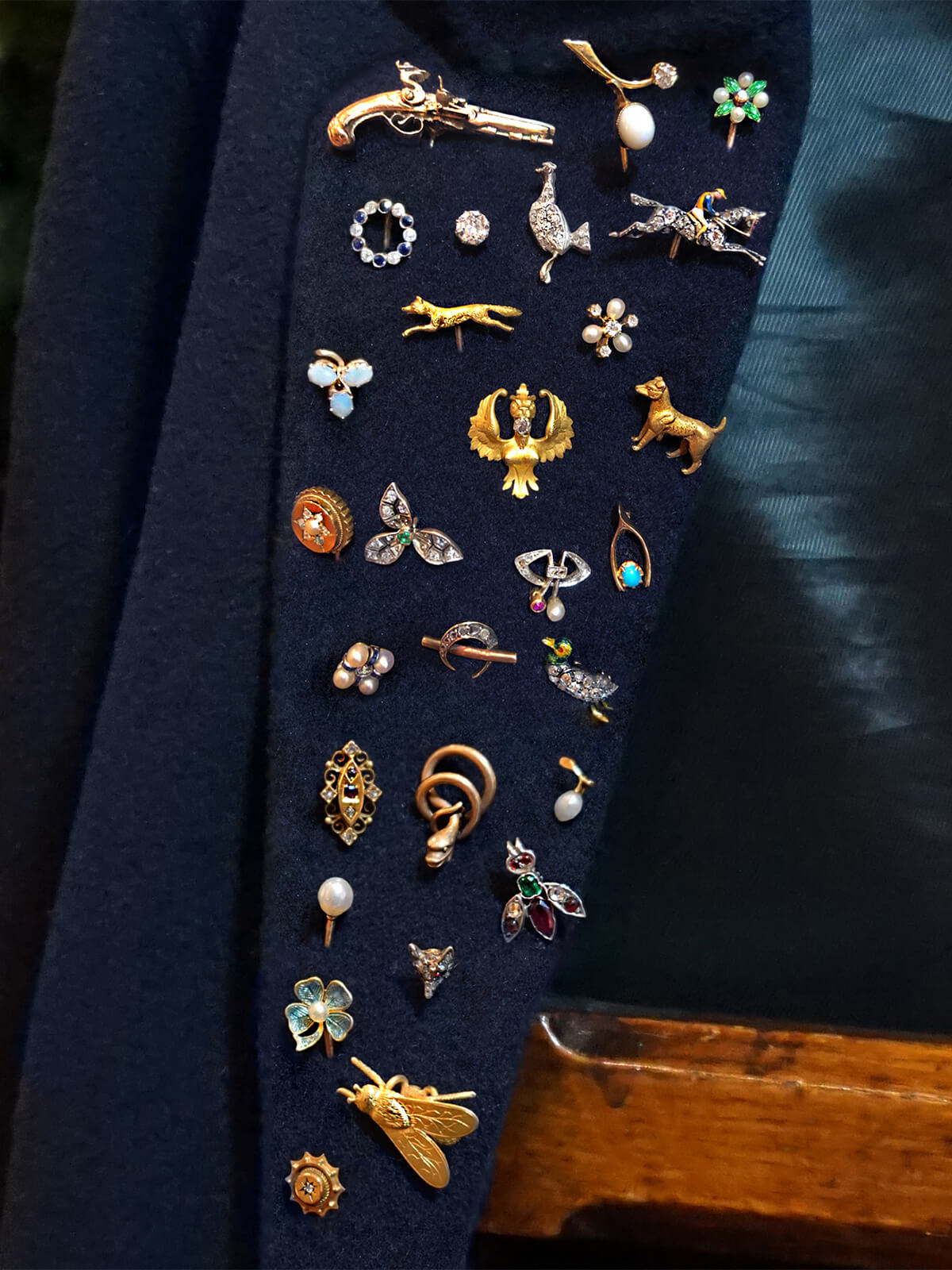
A bit of history
Tie pins came into fashion circa 1830. They were initially worn by wealthy early Victorian, English gentlemen who used them to keep the slippery folds of their cravats in place.
Victorian menswear was sober and dark, and tie pins offered an opportunity for creative expression. While they are small and delicate, a well designed tie pin had – still has – the power to make a significant decorative statement.
Through the 19th century tie pins were gradually adopted by the middle upper class, then by America and – towards the end of the century – by women. Tie pins only faded away from day-to-day fashion after WWI. The result of their popularity throughout the 19th century is a steady supply of affordable antique tie pins in good condition, if you know where to look.
Materials and styles
Due to the wealth and social standing of the early adopters, expensive materials were used in early Victorian examples. The first designs were simple – a single pearl or tiny gemstone on a gold pin. Towards the 1850s, tie pins became more creative and extravagant designs were created – gemstones set into gold and surrounded by diamonds, or jewel-encrusted monograms.
As tie pins became mainstream, tie pins became available in more affordable materials and the range of popular motifs grew and adapted to the pursuits and passions of the time. Animals, shields, initials, flowers and horseshoes were all popular.
Elaborate filigree mounts set with precious gemstones and pearls were popular in the Edwardian and Art Nouveau eras.
Shop Antique Tie Pins
To view our full selection of tie pins click here.



 Free Worldwide Delivery
Free Worldwide Delivery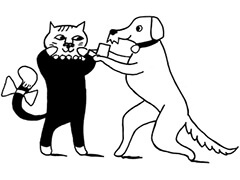 View All
View All
 Diamond
Diamond
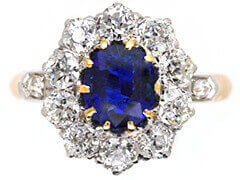 Sapphire
Sapphire
 Emerald
Emerald
 Ruby
Ruby
